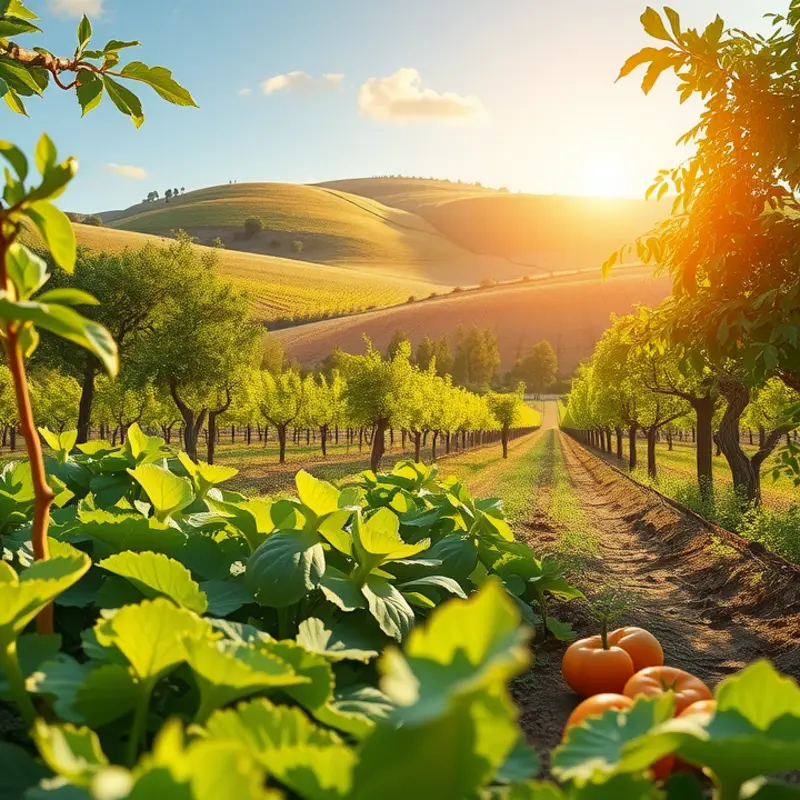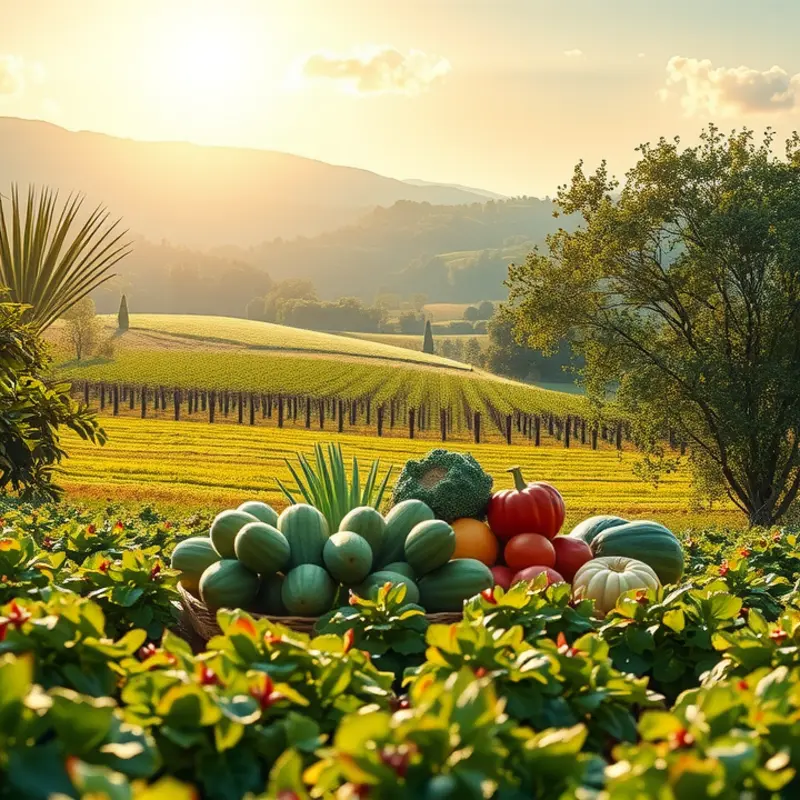Roasting vegetables is a delightful and nutritious way to enhance their flavors. However, many home cooks struggle to achieve that perfect crispiness. Whether you’re a novice or seasoned cook, learning a few key techniques can elevate your roasted vegetables from soggy to sensational. This guide explores practical tips to ensure that every bite offers delightful crunchiness alongside deep, roasted flavors. Get ready to transform your vegetable dish into a mouth-watering sensation!
Choosing the Right Vegetables for Roasting

Achieving the perfect crispy texture in roasted vegetables begins with selecting the right produce. Not all vegetables are created equal when it comes to roasting, and understanding their unique properties is key.
Start by choosing seasonal, fresh vegetables. This not only ensures better flavor but also supports sustainable eating practices. Seasonal produce tends to have better texture and moisture content ideal for roasting. When shopping, look for firm, vibrant vegetables without blemishes or signs of wilting.
Root vegetables like carrots and potatoes are classic choices. Their dense texture withstands high-temperature roasting, allowing their natural sugars to caramelize beautifully. When selecting potatoes, opt for varieties like Yukon Gold or red potatoes, known for their creamy centers and crisp exteriors.
Cruciferous vegetables such as Brussels sprouts and cauliflower offer a robust flavor profile that intensifies under the heat. These vegetables should be cut uniformly. For Brussels sprouts, halving them creates more surface area for caramelization. Cauliflower can be broken down into florets, ensuring even cooking and crisp edges.
The cutting technique dramatically affects texture and roast quality. Uniform cuts are crucial for even cooking, preventing some pieces from being overcooked while others remain underdone. Aim for roughly equal-sized pieces; this precision is especially important when mixing different types of vegetables.
While dense vegetables excel at developing a crispy exterior, adding softer vegetables like bell peppers can introduce a delightful contrast. Bell peppers roast quickly, becoming sweet and tender, complementing the crunch of root and cruciferous vegetables.
Don’t overlook the impact of moisture content. High-moisture vegetables like zucchini require special consideration. If you choose to roast zucchinis, cut them into thicker slices and cook them separately to manage their moisture. Their higher water content can lead to steam rather than roast, softening them rather than crisping.
Understanding the specific roasting properties of each vegetable type is crucial. This knowledge enables you to maximize flavor and texture, transforming a simple sheet pan of veggies into a gourmet experience. Incorporating insights from experts can further refine your skills. For additional guidance on enhancing flavor in your meals, consider these flavor boosters without salt which can elevate your roasted vegetable dishes.
By mastering the selection and preparation of vegetables, you lay the foundation for dishes that are not only delicious but visually stunning. This attention to detail in choosing and cutting your produce pays off as you create your perfect plate of crispy roast vegetables.
Mastering the Art of Roasting Techniques

The journey to crispy, flavorful roast vegetables begins with understanding the role of oil and its application. Coating your vegetables in a thin, even layer of oil is crucial. This doesn’t just prevent sticking but also facilitates the Maillard reaction—a chemical reaction between amino acids and reducing sugars that gives browned food its distinctive flavor. It’s this process that allows your vegetables to develop a deep caramelization and a delectable crispness.
High heat is another key player. Roasting at higher temperatures, typically between 400°F and 450°F (about 200°C to 230°C), encourages the natural sugars within the vegetable to caramelize rather than steam. Steaming, often a result of using too low a temperature or too crowded a baking sheet, leads to soggy results. Ensure your oven is preheated to the correct temperature before introducing your vegetables.
Seasoning is not merely an afterthought but an integral element of roasting technique. Start with foundational flavors such as sea salt and freshly ground pepper. From there, consider adding depth with paprika, garlic powder, or a sprinkle of thyme or rosemary for aroma. Properly seasoned vegetables are irresistibly inviting.
Baking times and temperatures vary depending on the vegetable size and type. Smaller or more tender vegetables such as cherry tomatoes or zucchini might require only 20 minutes. Denser options like root vegetables, including carrots or potatoes, may need upwards of 40 minutes. Halfway through baking, flip your vegetables. This simple act ensures an evenly crisp surface and prevents one side from becoming too browned.
Space is your ally in crispiness. Overcrowding traps moisture, leading to steaming. Arrange your vegetables in a single layer and consider using two baking sheets if necessary. This allows hot air to circulate, enveloping each piece and enhancing that sought-after crunch.
These techniques intertwine to perfect the roasting process, yielding crispy, golden-brown treasures instead of steamed, lackluster veggies. To deepen your understanding of how mindful preparation can transform everyday cooking, you might explore minimal prep dinner ideas for further inspiration.
By methodically applying these roasting techniques, even the novice cook can elevate their vegetable game, ensuring each bite delivers both crunch and satisfaction.
Final words
Roasting vegetables can be a simple yet rewarding endeavor. With the right choices and techniques, achieving that delightful crispiness becomes an effortless task. Remember to focus on selecting the freshest vegetables, cutting them into uniform pieces, and employing high heat for that perfect caramelized finish. As you practice these tips, your confidence in the kitchen will grow. Feel free to experiment with different vegetables and seasoning combinations to discover new favorites. Enjoy the crunchy, flavorful results of your culinary efforts!







